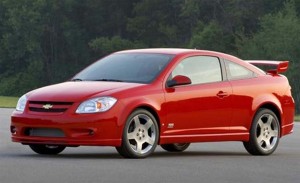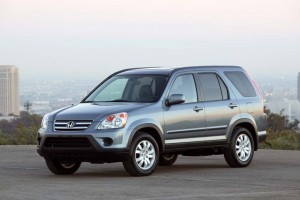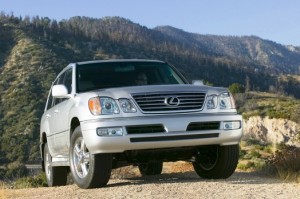
The average age of vehicles in the U.S. is rising so seeing a vehicle like this 12-year-old Chevy Cobalt isn’t surprising.
Light duty vehicles in the U.S. must be getting better since owners appear to be keeping them longer than ever — an average of 11.8 years.
A new report from IHS Markit shows that average age of a vehicle in operation in this country is creeping toward 12 years. During the last five years, the average has risen by 4%, the consultancy reports, and this is a slowdown from the previous five-year period, 2008-2013, when the average age rose 12.2%.
The norm is closer to the 4% for the last five years, IHS noted.
“Better technology and overall vehicle quality improvements continue to be key drivers of the rising average vehicle age over time,” said Mark Seng, director, global automotive aftermarket practice at IHS Markit.
(New Vehicle Sales Expected to Drop in June)
“The 40% drop in new vehicle sales due to the recession created an acceleration in average age like we’ve never seen before. In the last couple of years, however, average age has returned to its more traditional rate of increase.”

The quality level of vehicles in the U.S. is high enough to allow owners to keep them for more than dozen years.
The number of cars, sport-utes, crossovers and pickups on U.S. roads has hit a record high of more than 278 million — an increase of more than 5.9 million, or 2.2% since 2018. This represents one of the highest annual increases the U.S. auto industry has seen since IHS Markit began tracking VIO growth — second only to the 2.3% growth in 2016.
“The increasing VIO fleet is providing a robust new business pipeline for the aftermarket,” said Seng. “A larger fleet means more service and repair opportunities in the future.”
It’s also a sign of the strong sales environment that automakers have enjoyed since 2010 when sales began to recover from the Great Recession. Additionally, vehicles are laden with increasing amounts of technology, giving their owners plenty of incentive to keep them on the road.
The oldest light vehicles are found in the West at 12.4 years while the youngest are in the Northeast at 10.9 years. In addition, the light vehicle fleet is not aging at the same rate across regions.
(Honda Leads the Pack in Fuel Economy, Emissions)
In the West, light vehicles increased 1.5% from 2018–2019 while in the Midwest they aged by just 0.4%. The state of Montana has the oldest average age with light vehicles averaging 16.6 years. The youngest average age is in Vermont, where the average age of light vehicles is 9.9 years, the report showed.
Aging vehicles represents different things to different groups, but if you are in the auto repair business, it represents opportunity. The age of vehicles in operation indicates the volumes of vehicles in the new to five-year old category will grow 2% from 2018-2023, while vehicles in the 6- to 11-year-old range will grow 27%.
This is a very positive trend for the independent aftermarket as it points to a growing repair “sweet spot” – or growth in the vehicles which drive the most repair opportunities. In contrast, vehicles 12- to 15-years old will decline 27% over the same time period.
“While the decrease in light vehicles 12-15 years of age looks alarming, it relates to the drop in sales due to the recession,” said Seng. “There is simply a lack of 2008 and 2009 model year vehicles due to the lower sales numbers during that timeframe. Even the model years from early in the recovery are lower in number. This disruption simply needs time to work its way through the fleet.”
(Germans, Japanese Struggle as Koreans Expand Lead in Power Initial Quality Study)
For the aftermarket repair industry, however, there is also a positive trend with the oldest light vehicles on the road. These older cars and light trucks are growing very fast – with vehicles 16 years and older expected to grow 22 percent from 2018-2023 reaching 84 million units in 2023. In contrast, there were less than 35 million of 16+ year old vehicles on the road in 2002, IHS notes.

